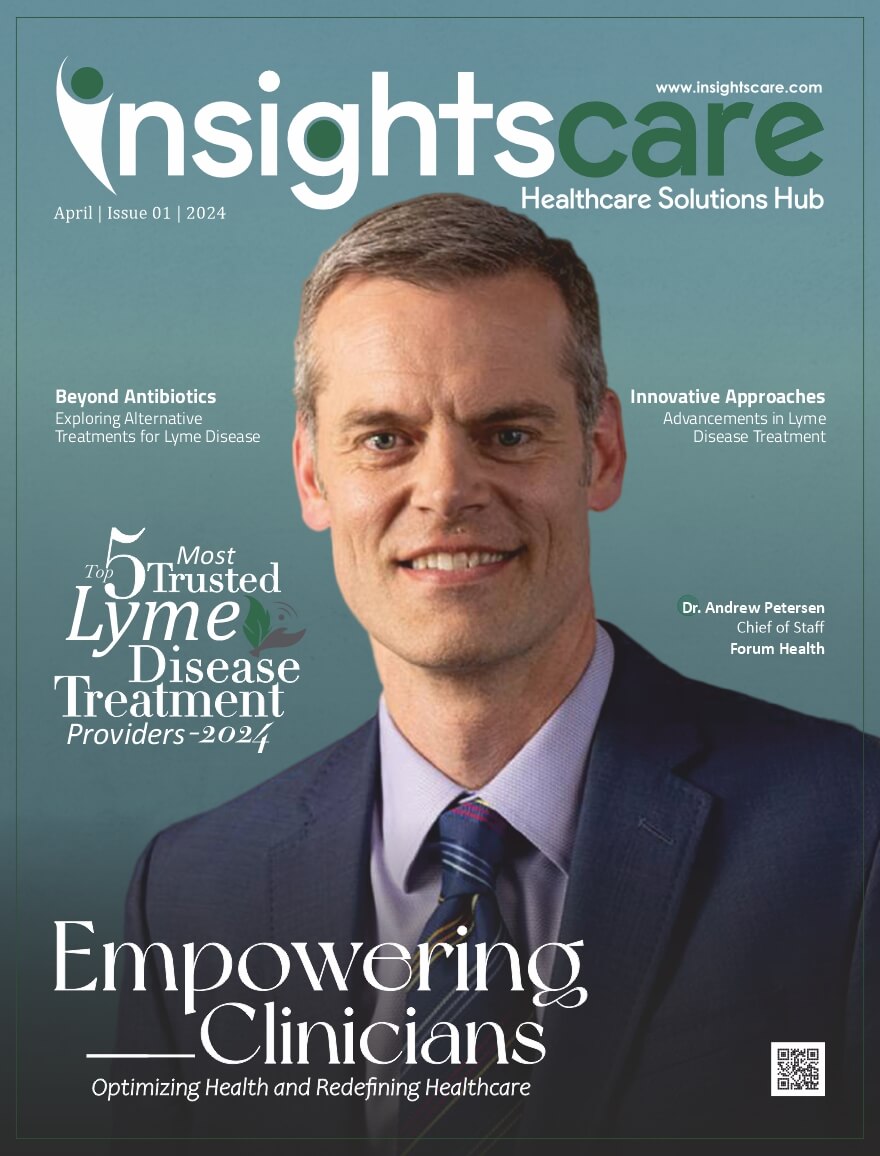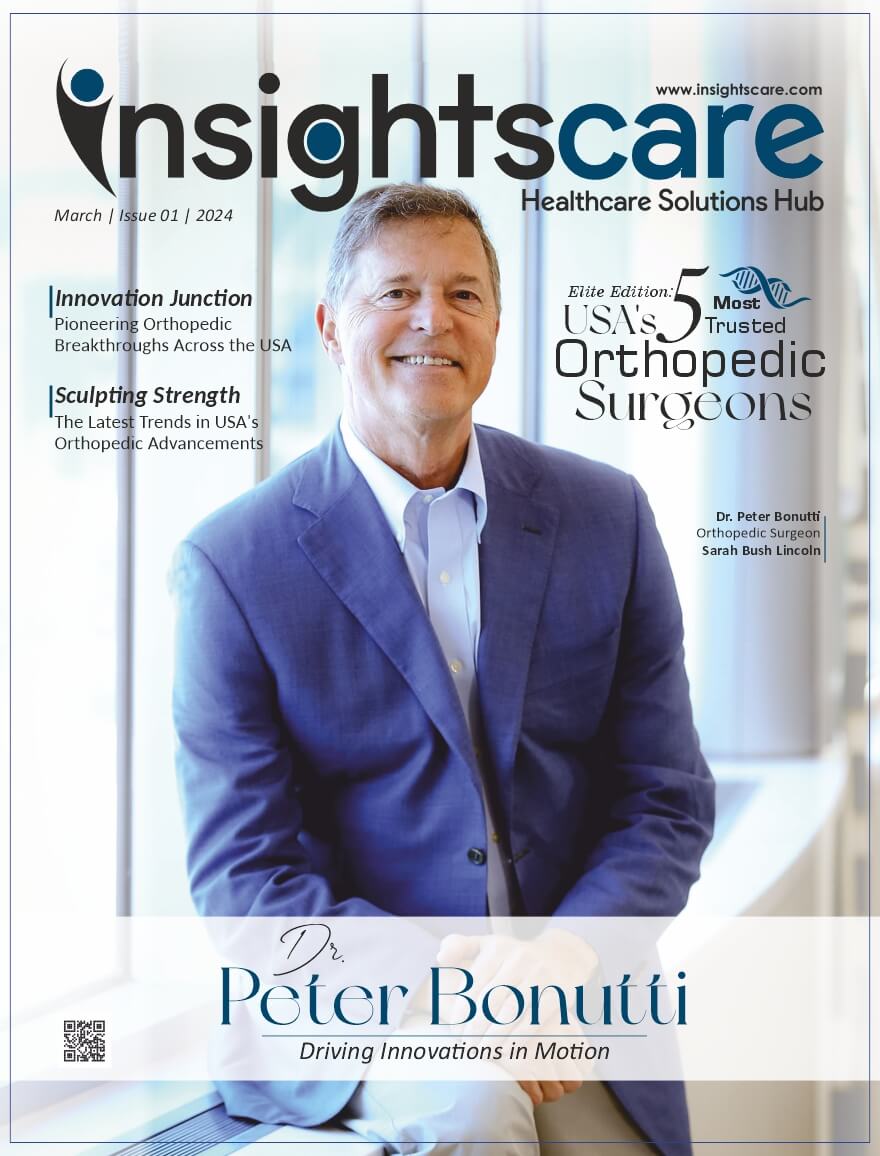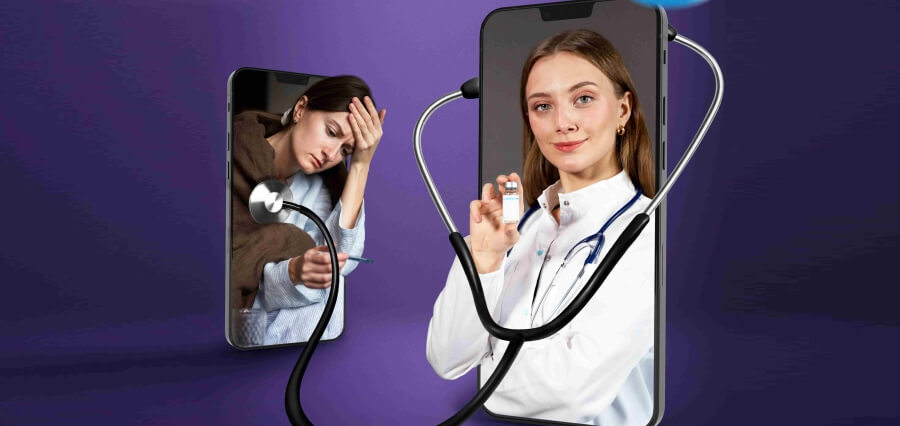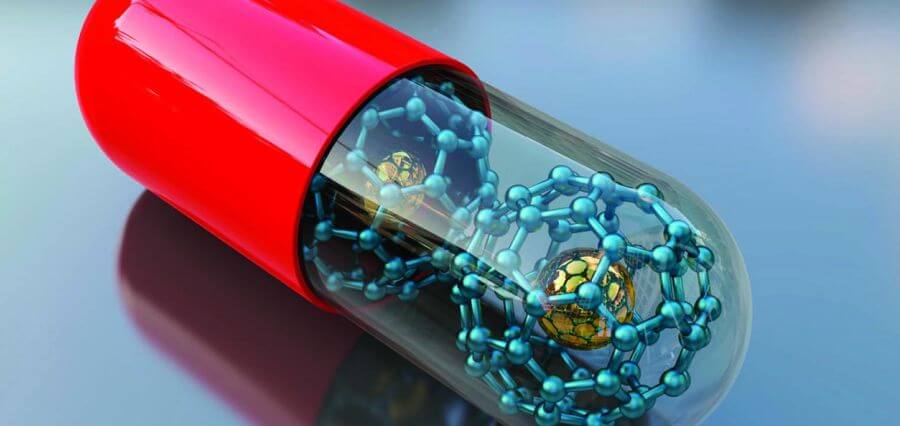Tissue Engineering
The more you feel relaxed with issues around, the better you become at handling disruption in the state of the heart. Imagine losing control over the major unit of the metabolic sequence of the body? What will you do? The engineering department is no longer just about the technicalities of hardware, but can influence the living sense in humans and the animals.
For example; Just like the Biomedical Engineering, we have Tissue Engineering; look into the body and you discover the unit diversification that came all together to form the whole system. The subject or course that specializes in taking care of the second state of the human formation is the so called, “Tissue Engineering”.
According to the third annual Cardiovascular Tissue Engineering Symposium meeting, this took place at the University of Alabama at Birmingham last month. It was a gathering of reputed physicians and scientists who have the common goal of creating new tissues and new knowledge that can elevate the prevention or repair of heart attacks, and heart disease.
One of the discussion opened the door to generating heart chamber-specific cardiomyocytes gotten from the human induced pluripotent stem cells. These elements act similar to embryonic stem cells and have the potential of differentiating into any type of cell. The engineered heart tissue, which was derived from embryonic stem cell-derived of cardiac cells are placed into the hearts of heart attack patients to ensure the possibility of a successful tissue engineering approach. They also use single-cell RNA sequencing, which will show about 18 categories of cardiomyocytes in the heart, giving a clear difference in cell type and anatomical location. Not minding that these cells are derived from the same place.
The study of the cells of the tissue and in-depth knowledge of its component is simply focused on improving the life of the society. The patients in this category are expected to take a new relieving turn after a successful sequence of studies in their distinct issues.
In 2003 Cardiac progenitor cells were discovered. These cells can contribute to growth or repair injury in the heart. There is also the possibility of transforming adult cells into induced pluripotent stem cells. This enhances the field of tissue engineering possibly by using either pluripotent cells or specified progenitor cells for certain tissue lineages. The growth in this field provided the opportunity of discovering that cardiomyocytes that were gotten from induced pluripotent stem cells have few similarities with the normal adult cardiomyocytes, both in shape, size and function.
According to the researchers, they went through some improved steps like culturing of the derived cardiomyocytes in a Matrigel mattress by giving them hormone treatment which lasted for 14 days. This led to derived cardiomyocytes with greatly improved cell morphology, volume, and function. Through the research, they were able to remove the differences between normal adult cardiomyocytes and induced pluripotent stem cell-derived cardiomyocytes.
They also highlighted the outcome of subjecting the engineered heart valve tissue to cyclic flexure while growing it in a bioreactor. This lead to improved quality, quantity and distribution of collagen, making a clear difference from the tissue that is not mechanically stressed.
The immune cells in heart failure and cardiac remodeling plays an important role in denoting the distinct phases after a heart attack which includes dead tissue degradation and an acute inflammation. The healing or repair of the heart after an attack takes place between four to 14 days, but chronic ischemic heart failure can occur in weeks to months duration. In an experiment which detailed how specialized spleen macrophages from specifically marginal-zone metallophilic macrophages migrate to the heart after a certain period of heart attack and are very much required for heart repair to commence.
According to Bursa on giving a better understanding of how to grow the tissue from heart tissue progenitor cells, stated that this process allowed the formation of mature “Giga”. The growth takes up to 4 centimeters square and possibly have better propagation of heartbeat contractions, and also a spontaneous generation or formation of capillaries from smooth muscle cells and derived vascular endothelial. The experiment is carried out in pigs.
In 2003, researchers discovered that applying mesenchymal stem cells can lead to improvement in heart attack area and results in a better heart functioning, for which, the positive response starts as early as from 72 hours down the days of the complete cycle. Though, they’re experiencing a little engraftment and low survival of the stem cells. This record gave birth to the idea that has lingered from then till today, that revealed that stem cells work to biologically active factors that act on other cells, just like the way paracrine hormones have their effect, and limited to the vicinity of the gland secreting.
According to Joseph Wu, M.D., Ph.D., of Stanford University School of Medicine, professor of radiology, further explained that the heart cells derived from induced pluripotent stem cells have extended possibilities such as being used to develop personalized medicine for cancer patients. He explained that some cancer patients are susceptible to a deadly cardiotoxicity if treated with the potent drug doxorubicin.
Because of the black box warning on the drug, which is a high concern of the Food and Drug Administration. It was also possible to use a library of induced pluripotent stem cell-derived cardiomyocytes while associating specific phenotypes and genotypes with doxorubicin sensitivity, called as a “clinical trial in a dish.” This knowledge made it possible to look at the transcriptome profile of some patient-specific cardiomyocytes gotten from induced pluripotent stem cells which will add the ability to predict patient-specific drug safety and efficacy. This satisfies the definition of precision medicine, meaning; the right treatment at the right time for the right person.















